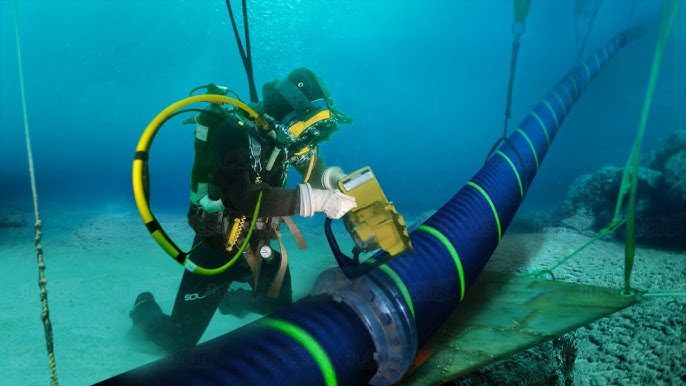
5 Key Insights From Exclusive Chinese Patents On Undersea Cables
Dive into the fascinating world beneath the waves, where innovation and technology converge to shape our digital future. As the world needs faster internet and strong communication networks, undersea cables have become essential for our information age.
But what’s happening behind the scenes? Recently uncovered exclusive Chinese patents reveal groundbreaking advancements that could redefine how we connect across continents.
Join us as we look at five important insights from these patents. They show China’s strong technology skills and reveal exciting possibilities for the future of underwater communications! Get ready to plunge into a treasure trove of knowledge that will leave you inspired by what lies beneath!
Introduction to Undersea Cables
Undersea cables are the unsung heroes of our digital age. They lie silently beneath the waves, yet they carry an astonishing amount of global data—connecting continents and enabling communication at lightning speed. As we dive deeper into this crucial infrastructure, it becomes clear that innovation is key to maintaining efficiency and performance.
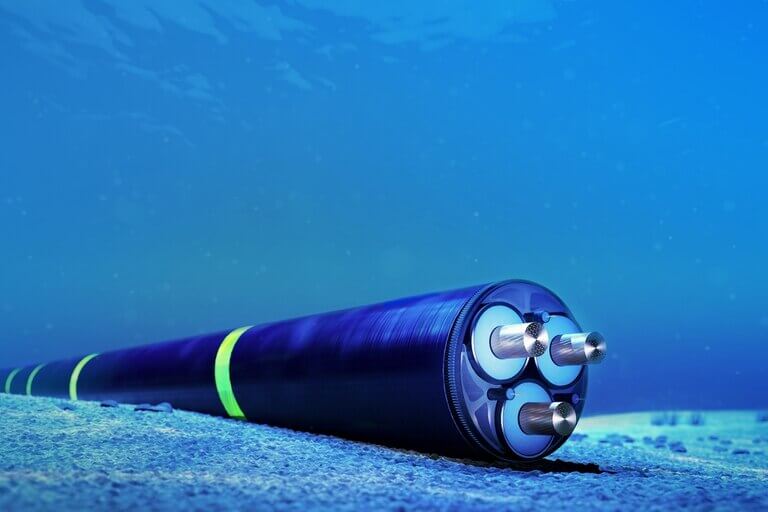
China has emerged as a powerhouse in developing these vital technologies. The country’s patents reveal cutting-edge advancements that could reshape how we connect worldwide. Understanding these insights is essential for anyone interested in the future of telecommunications, tech innovations, or simply staying informed about global connectivity trends.
Let’s explore what exclusive Chinese patents on undersea cables can teach us about current technologies and what’s ahead on the horizon.
Importance of Chinese Patents in the Undersea Cable Industry
Chinese patents hold a pivotal role in the undersea cable industry. With rapid advancements in technology, China has emerged as a global leader in this field. The country’s investment in research and development is unparalleled.
These patents are not just numbers; they represent innovation and future capabilities. They often feature cutting-edge materials and designs that enhance durability and performance under extreme ocean conditions.
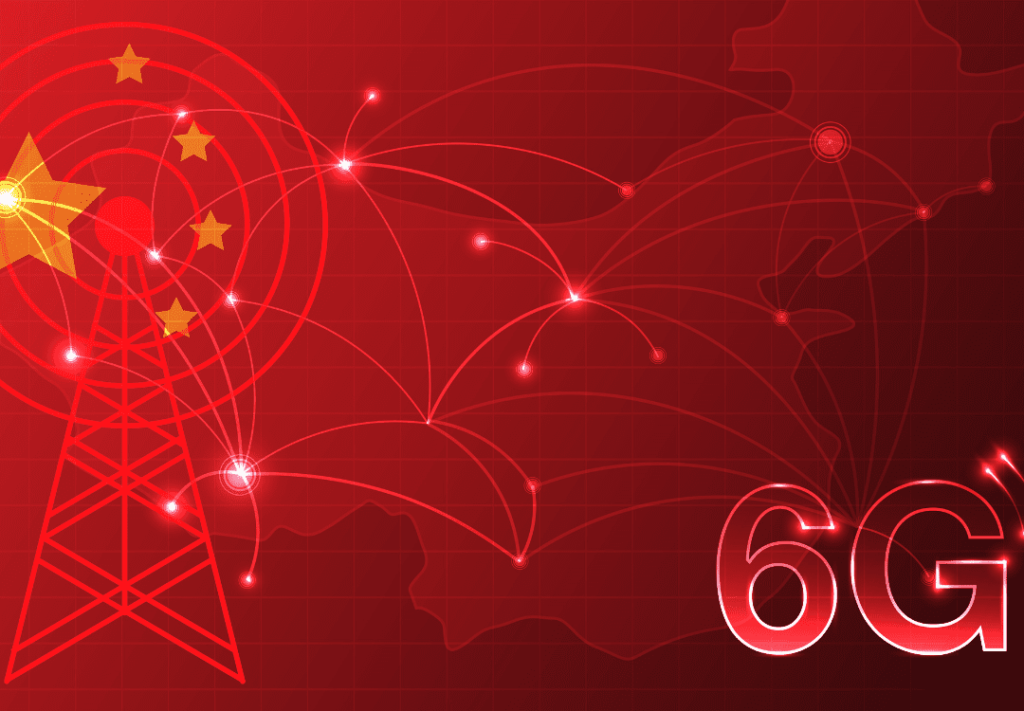
Moreover, Chinese patents contribute to international standards. As these technologies evolve, they drive competition among nations, pushing everyone towards higher efficiency and lower costs.
By filing numerous patents, Chinese companies protect their innovations while fostering collaboration with international partners. This interconnectedness enhances knowledge sharing across borders.
The significance of these patents extends beyond mere connectivity; they shape the landscape of global communication networks for years to come.
Key Findings from Exclusive Chinese Patents on Undersea Cables
A recent analysis of exclusive Chinese patents reveals a wealth of innovation in undersea cable technology.
One standout finding is the use of advanced materials that enhance durability while minimizing weight. This makes installation and maintenance significantly more efficient.
Additionally, several patents highlight innovative designs aimed at reducing signal loss over long distances. These enhancements are crucial for maintaining high-speed data transfer across continents.
Another key insight involves the integration of smart monitoring systems within cables. These systems can detect potential failures before they occur, ensuring uninterrupted service and cost savings for operators.
Moreover, China’s focus on environmentally friendly manufacturing processes showcases its commitment to sustainable technologies in this critical infrastructure sector.
Such advancements position China as a leader in shaping the future landscape of global connectivity through undersea cables.
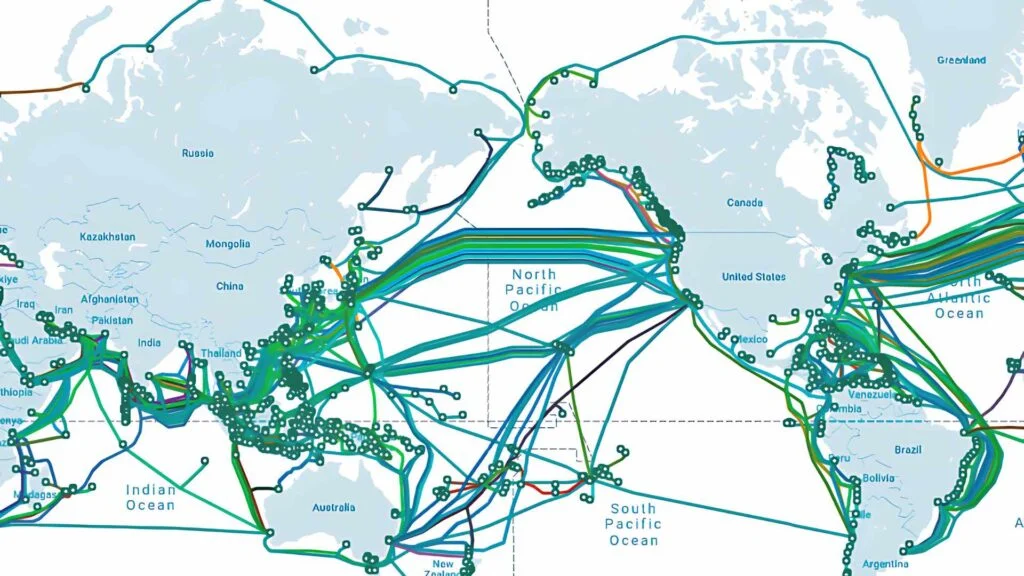
– Advanced Technologies Used in Undersea Cables
Undersea cables are marvels of engineering that support global communication. They use advanced technologies to ensure high performance and reliability.
One significant innovation is the incorporation of optical fibres. These allow for faster data transmission over long distances, minimizing signal loss.
Additionally, advancements in materials science have led to stronger, more durable cable designs. This ensures they can withstand harsh underwater conditions.
Power-feeding equipment has also seen remarkable improvements. It allows cables to transmit electricity efficiently, which is vital for active repeaters along the cable length.
Furthermore, monitoring systems equipped with sensors provide real-time data on cable integrity and environmental conditions. This proactive approach helps prevent potential failures before they occur.
These technologies not only enhance connectivity but also pave the way for future developments in undersea telecommunications.
– Innovative Designs for Improved Performance
Chinese patents reveal a wave of innovative designs that redefine undersea cable performance. These designs focus on enhancing durability while minimizing signal loss.
One notable advancement is the layering technique used in cable construction. By incorporating advanced materials, these cables withstand harsh underwater conditions much better. This leads to longer service life and reduced maintenance costs.
Another key innovation involves optimizing the internal structure for better data transmission efficiency. Engineers have reimagined how fibres are arranged within the cable, leading to improved speed and capacity.
Moreover, flexible design elements allow these cables to adapt easily to varying oceanographic conditions. This responsiveness not only boosts reliability but also ensures consistent performance across different environments.
These creative strategies mark a significant leap forward in undersea cable technology, promising more robust global communication networks that can handle ever-increasing demands.
– Impact on Global Connectivity and Communication
The evolution of undersea cables has transformed global connectivity. These intricate networks facilitate the seamless flow of data across continents, enabling instant communication.
China’s advancements in cable technology have amplified this impact. Enhanced bandwidth and reduced latency improve internet speeds for millions worldwide. This means quicker downloads, smoother streaming, and enhanced video conferencing experiences.
Moreover, these cables play a crucial role in economic growth. They connect businesses to international markets, fostering trade and collaboration. As companies expand their reach, the demand for reliable connections intensifies.
Geopolitically, undersea cables are strategic assets. Control over these infrastructures can influence digital sovereignty and security on a global scale.
In today’s interconnected world, the role of advanced undersea cable technology is paramount in shaping communication landscapes and driving innovation across sectors.
– Potential Future Developments
The future of undersea cables is poised for significant evolution. Emerging technologies hint at faster data transmission rates and enhanced bandwidth capacity. Innovations such as quantum encryption may offer unprecedented security measures, protecting the increasing flow of global information.
Sustainability is another key focus. Researchers are exploring eco-friendly materials that minimize environmental impact during installation and maintenance. These advancements could redefine how we think about infrastructure in ocean environments.
Moreover, AI-driven monitoring systems promise to revolutionize cable management. Predictive analytics can preemptively identify potential failures, reducing downtime and ensuring smoother operations.
As countries invest in expanding their networks, collaborative international projects may emerge. This cooperation could lead to more resilient systems capable of withstanding natural disasters or geopolitical tensions while maintaining connectivity across continents.
In this rapidly changing landscape, the role of innovation will be crucial for meeting future demands in communication and technology.
– Comparison with Other Countries’ Patents
China’s patents on undersea cables reveal a distinct approach compared to those from other countries. While nations like the U.S. and Japan focus heavily on materials science and optical technologies, Chinese innovations emphasize cost-effective manufacturing and scalability.
Many Western patents prioritize high-performance components that come with hefty price tags. In contrast, China’s designs often incorporate simpler yet effective solutions that can be mass-produced efficiently.
European patents tend to explore environmental sustainability in cable design more rigorously than their Chinese counterparts. However, China’s rapid advancements in automation could soon challenge this aspect of innovation.
Moreover, collaboration among Chinese companies fosters a unique ecosystem for knowledge-sharing, allowing quicker iterations of existing technology. This cooperation enhances their competitive edge in global markets where speed is crucial.
Analysis of the Significance of These Insights
The insights gleaned from exclusive Chinese patents offer a window into the future of undersea cable technology. These advancements are not just about improving efficiency; they represent a shift in how global communication operates.
Chinese innovations suggest a commitment to enhancing connectivity across continents. As more countries rely on these cables, the implications for data transmission and internet access become profound.
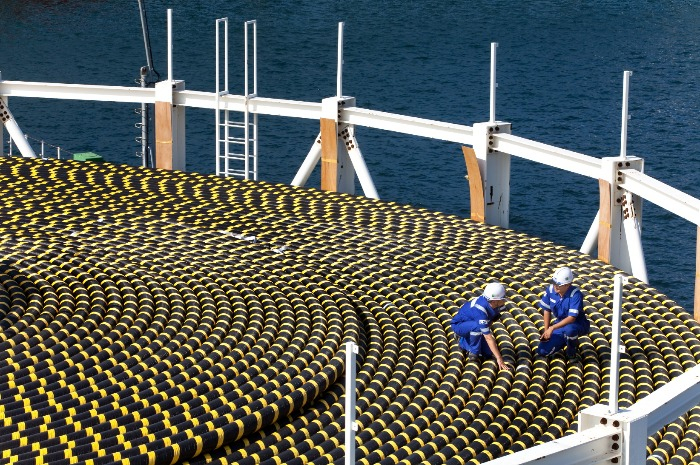
Moreover, understanding China’s approach can influence other nations’ strategies in developing their technologies. This competitive landscape may lead to rapid enhancements industry-wide.
China’s dominance in patenting also highlights its investment in research and development within this sector. Such focus could position it as a leader in setting international standards.
Recognizing these trends is crucial for stakeholders involved in telecommunications and infrastructure planning globally. The ongoing evolution promises to reshape interactions worldwide, emphasizing the importance of staying informed about emerging technologies.
Conclusion: Implications for the Future of Undersea Cables and the Role of China
The insights gained from exclusive Chinese patents on undersea cables reveal a dynamic landscape for the future of global communication. China’s advancements highlight its commitment to leading in this crucial sector, showcasing innovative technologies and designs that promise to enhance performance and connectivity.
As we look ahead, these developments could significantly reshape how nations interact digitally. The emphasis on advanced materials and sophisticated engineering suggests that China is not merely participating but rather setting standards in the industry. This strategic positioning may influence international collaborations or create competitive dynamics among other countries.
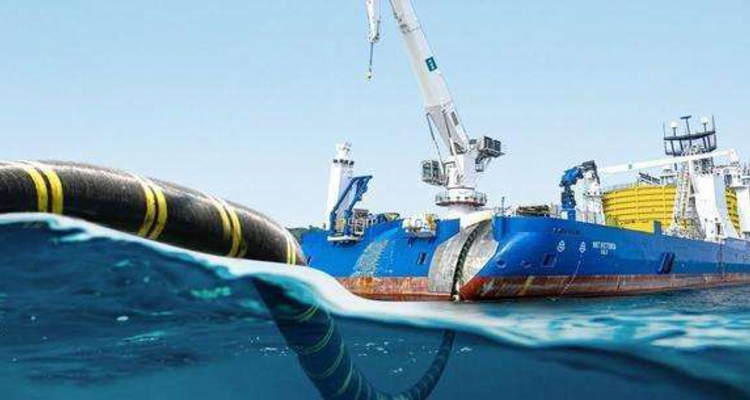
Moreover, as global demand for high-capacity data transmission continues to soar, the implications of these patents stretch beyond mere technological progress. They indicate a shift towards more resilient infrastructure capable of meeting tomorrow’s challenges—be it increased data traffic or geopolitical considerations.
China’s role within this evolving framework underscores its importance in ensuring robust intercontinental connections. As new players enter the field and existing ones adapt, keeping an eye on China’s innovations will be essential for understanding the trajectory of undersea cable technology worldwide. The future promises exciting possibilities shaped by both competition and collaboration across borders.





